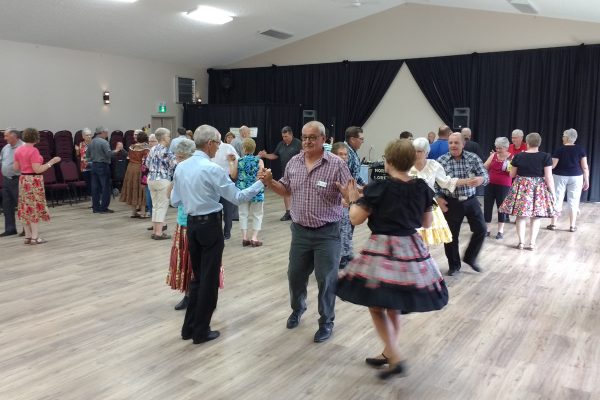Presented with research and writing support from education sponsor York University Department of Dance.
In 1967, the first Caribana celebration in Tkaronto was announced, and a committee of Caribbean community volunteers was formed. The committee, including Whitfield Belasco, Dr. J. Alban Liverpool and Austin Clarke, decided on a Trinidadian-style Carnival, which originates from events that happened during the Atlantic slave trade in 1783.
Tkaronto’s first Caribana weekend, originally meant to be a one-time celebration that summer, was a marvellous show of Caribbean culture. The festival included calypso shows called tents; discussions, oral history practices and storytelling facilitated in talk tents; masquerade or “playing mas”; and of course, the Grand Parade to kick it all off. The committee was even able to fly in tropical trees.
The first day began with a parade that drew in 50,000 attendees, starting at Varsity Stadium and continuing down University Avenue. Despite the lack of time and resources, the festival was a hit. It was extended for a second day and became a permanent fixture in Tkaronto. In the eyes of the Caribbean people, Caribana was going to be an opportunity to bring people together and fund a permanent Caribbean cultural centre with its profits. Unfortunately, that didn’t happen.
The festival was projected to cost $50,000; however, the Canadian government only offered $4,000 in support. As a result, the remaining costs of the festival were paid out of pocket by Caribbeans. Fifty-five years later, the economic situation has not changed much for the Caribbean community, and the goal of creating a cultural centre remains unfulfilled.

The origins of Caribana can be found in French colonial history in the 1700s. French colonists had introduced masquerade balls called “Carnivals” to enslaved Afro-Creole Caribbeans but excluded them from the festivities. As a result, the Caribbeans created their own Carnival celebrations that offered a satirical critique of the French masquerade culture through “playing mas,” as well as a connection to their Indigenous roots through culturally relevant rituals and folklore. With the emancipation of enslaved Africans in 1838, they were finally allowed to openly celebrate Carnival, and to this day, Carnival is still used around the world by Caribbeans as a tool for joy and resistance, recognizing the ongoing systems of colonialism they face.
Born in Trinidad, Louis Saldenah has a lifetime of Carnival experiences. His father was a key player in Trinidad’s Carnival community and he himself became involved in Caribana in 1977 as a mas camp leader. “Overall, the festival does so much and it’s important that it continues and we get the younger people involved,” he says. “It all boils down to love and the love of our Caribbean culture.”
He also understands first-hand how exploitative the economic systems surrounding the event can be. Caribana brings in more than 1.3 million attendees and $438 million to the Canadian economy every year. Forty million of those dollars go straight to the provincial government through taxes. Despite their successes, the community has yet to receive the full compensation for their work and cultural influence. “For the first nine, 10 years, I was actually losing money,” he says. And he’s not the only one. Some participants even mortgaged their homes to pay for the festival.
Saldenah knows that culture is priceless and cannot be valued in worldly amounts. Through his continued efforts, he has been able to provide younger generations of Caribbeans with a cultural leader who can teach them sacred practices and the importance of cultural retention. Community organizers like Saldenah know that as important as the cultural benefits of Caribana are, when its story is told by people with no connection to its meaning, the narrative changes. “I believe it’s time that we as Caribbean people … put ourselves in a position where we should be benefiting more,” he says. “A lot of people benefit from the festival except the people who are putting it on.… I’m going to say it until things change and we put our people, our Caribbean people, in a much better position.”
This year’s Caribana weekend runs July 28 through Aug. 1.
Dance Media Group strengthens the dance sector through dialogue. Can you help us sustain national, accessible dance coverage? Your contribution supports writers, illustrators, photographers and dancers as they tell their own stories. Dance Media Group is a charitable non-profit organization publishing The Dance Current in print and online.

Tagged:




